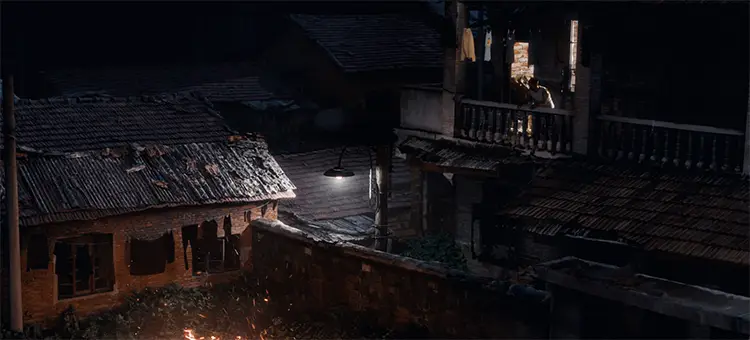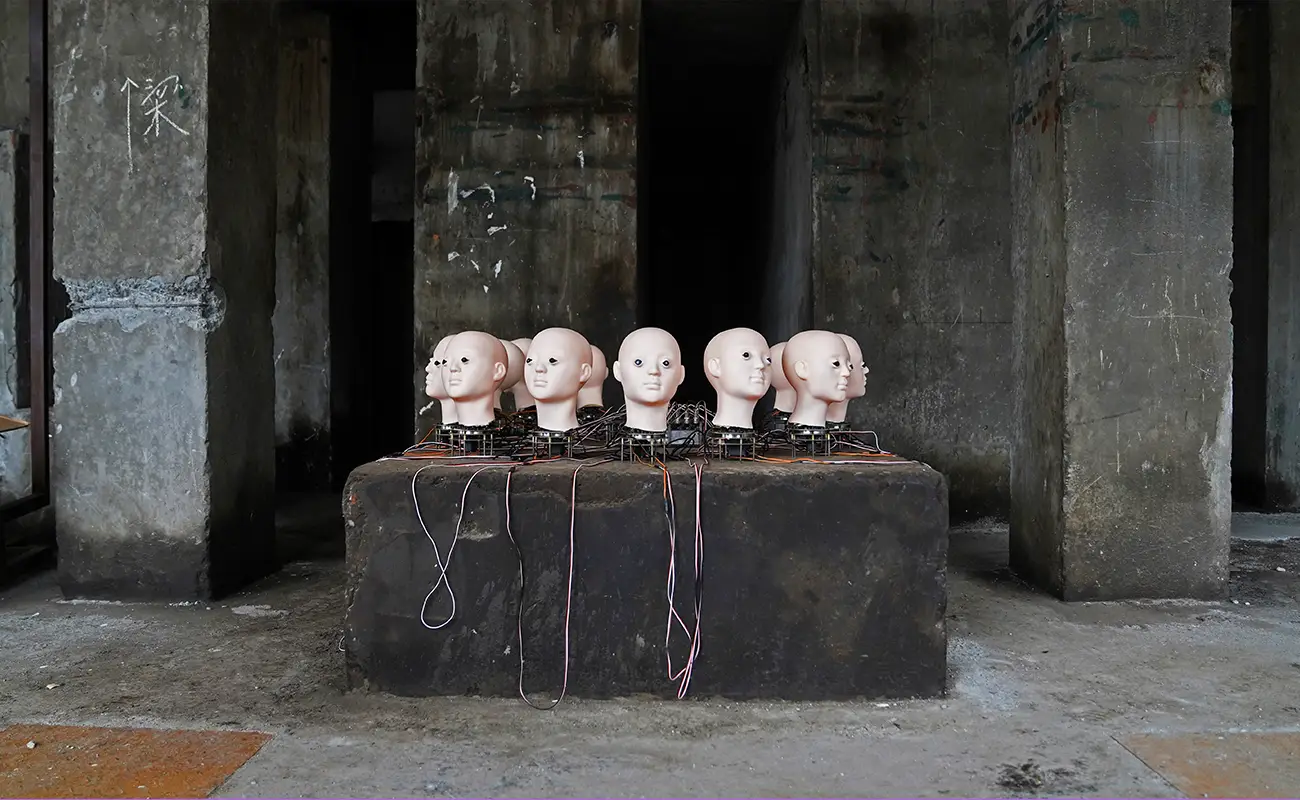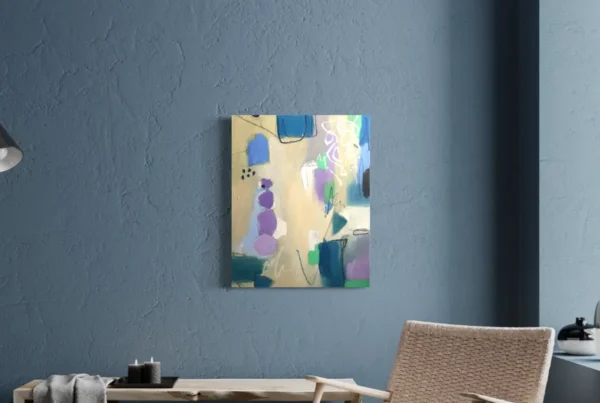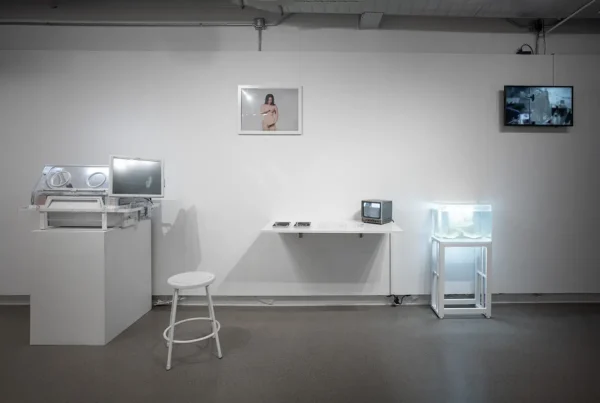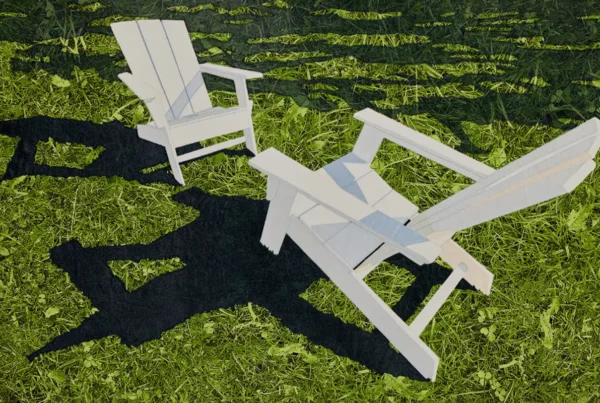“Without companionship, the life in the bed is no different than a corpse.”
Sculpting Silence: From Childhood Canvases to Kinetic Dialogues
Born in 1999 in the mountainous cityscape of Chongqing, China, Di Tian has established himself as a boundary-pushing figure within the field of new-media art. Now based in New York and currently teaching as an Assistant Teaching Professor at Penn State University’s School of Visual Arts, Tian’s journey from traditional drawing to interactive installations and advanced computational art reflects a bold, exploratory spirit. He earned his B.F.A. from the School of the Art Institute of Chicago and his M.F.A. from the University of Pennsylvania, an educational trajectory that bridged the analog and digital worlds. Across his works, he blends tangible sculpture with immersive technology, crafting experiences that do not just communicate but invite participation and introspection.
Tian’s immersion in the arts began early. By the age of five, he was already exploring his imagination through painting and drawing. Over time, however, he felt a growing urge to challenge his comfort zone and extend his creative practice into less conventional terrains. This desire led him to specialize in Art and Technology during his undergraduate years, launching a shift into the world of new-media. His current body of work incorporates technologies such as coding, motion capture, and artificial intelligence to build multisensory experiences that transcend static visual art. What distinguishes his approach is not simply the use of these tools but the emotional gravity and philosophical inquiries they support, addressing how individuals navigate personal identity within contemporary social currents.
Themes of existential unrest and the friction between societal pressures and internal consciousness recur frequently in Tian’s work. By channeling experiences tied to contemporary Chinese society, he weaves narratives that echo the anxieties and reflections of a generation poised between tradition and transformation. His installations often focus on the invisible forces shaping human behavior—loneliness, mortality, digital overstimulation—and ask viewers to reckon with these shared conditions. Using a spectrum of mediums, from generative computer graphics to reactive environments, he draws audiences into spaces that mirror both the chaos and quietude of modern life, encouraging an emotional response grounded in self-recognition.
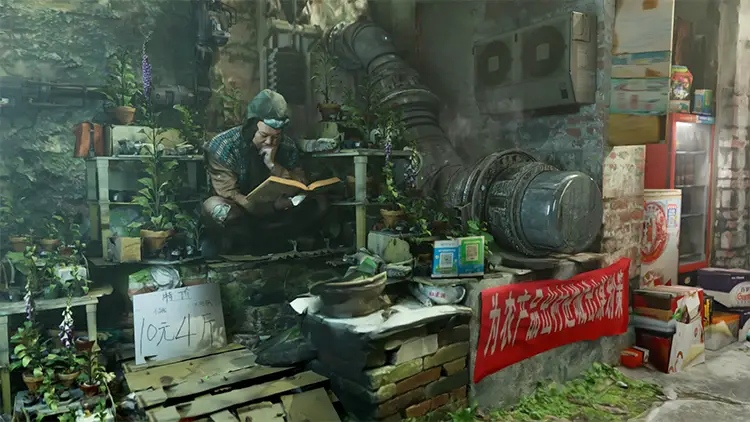
Di Tian: Crafting Identity Through Interactive Technology
The conceptual depth of Di Tian’s practice is matched by the physical complexity of his creations. While many of his pieces exist in digital environments, the production of his artworks is firmly grounded in physical labor and technical precision. His workspace is equipped not only with powerful computing tools but also machines for fabrication—3D printers, CNC routers, and welding equipment—that bring his visions into the material world. The process begins with software: he frequently relies on Blender to translate abstract ideas into concrete, spatial prototypes. From there, the transition to physical form involves intricate engineering steps, which he executes with the same fluency he brings to his digital workflows.
Maintaining focus in such a multidisciplinary practice requires careful structure. Tian builds his workday around deep concentration, intentionally minimizing digital interruptions and distractions. He keeps his phone out of reach, uses tools designed to block intrusive notifications, and arranges his space with clarity and order to support extended creative flow. Interestingly, ambient music and algorithmically generated visuals often accompany his sessions, not as distractions, but as environmental elements that harmonize with his thinking process. These audiovisual aids function like a background rhythm, syncing with the immersive atmosphere of his works-in-progress.
A core strength of Tian’s creative output lies in his ability to fuse aesthetic innovation with emotional weight. One of his most significant artworks, Mother / Father, stands as a profound example. In this installation, twenty custom-built telescopic machines mimic the breath of a person approaching death, their mechanical movements triggered only when a viewer interacts with the piece by circling the hospital-like bed. The work remains inert in the absence of human presence—silent, dormant, almost lifeless. For Tian, this interactivity encapsulates the idea that without companionship, even life itself becomes indistinguishable from death. Inspired by the loss of his grandparents in 2023, Mother / Father functions both as a memorial and a meditation on the cyclical nature of human existence, beginning and ending in the same hospital bed.
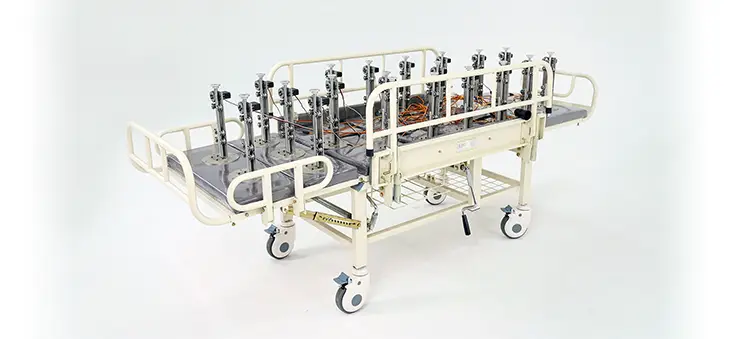
Echoes of Influence: Dialogues with the Digital Avant-Garde
Tian’s evolution as an artist has been profoundly shaped by his exposure to pioneering figures in the new-media landscape. He cites installations by Zimoun, panGenerator, and Studio Drift as pivotal influences—artists known for their capacity to transform abstract ideas into dynamic sensory experiences using spatial manipulation and interactive systems. These predecessors not only inspired his technical experiments but also helped refine his understanding of how physical and digital dimensions can merge into a single expressive language. By incorporating similar strategies into his own work, Tian aims to harness movement, sound, and spatial interaction to provoke emotional engagement.
In parallel, his computer graphics and digital animations draw heavily from the work of digital visionaries such as Ian Hubert, Lu Yang, and NENGHUO. These artists, each with a distinctive visual vocabulary, have informed Tian’s approach to digital storytelling and visual construction. Whether through photorealistic environments or surreal digital imagery, they have provided a conceptual and technical framework that Tian adapts in his practice. Their bold manipulation of digital space resonates in Tian’s projects, particularly in his exploration of 3D environments and virtual interactivity. These inspirations serve not as templates, but as springboards for Tian to articulate his own voice, one that oscillates between personal memory and broader cultural inquiry.
Tian’s ongoing experiments often orbit around new possibilities within artificial intelligence. His latest project, an animated short film created entirely in Blender, exemplifies this fascination. Here, he is investigating the integration of AI into 3D workflows, specifically focusing on Video Depth AI—a technique that extracts spatial depth from flat video frames to simulate a pseudo-3D environment. This innovation opens pathways for him to animate space and time in unprecedented ways, enabling storytelling that blends illusion and architecture. His research into AI doesn’t aim merely to streamline production but to reimagine the aesthetics and mechanics of digital cinema itself. This exploration points toward a future in which machine learning becomes not just a tool, but a collaborator in artistic creation.
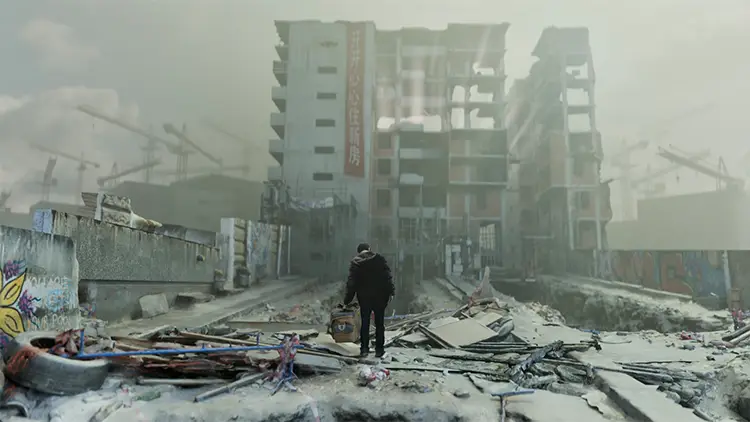
Di Tian: Between Machine Precision and Human Fragility
At the intersection of technological precision and emotional depth lies Tian’s unique contribution to contemporary art. He doesn’t use technology for spectacle alone; each component, whether physical or algorithmic, exists in service of a larger conceptual question. The duality of his work—between the mechanical and the organic, the seen and the felt—underscores a tension central to our era. This contrast is especially apparent in his interactive pieces, where viewer participation doesn’t simply trigger a response but completes the artwork. In doing so, he creates spaces that require intimacy and vulnerability, even amid the whir of motors and blinking lights.
Tian’s artistic approach is shaped as much by his education as by his personal transformation. His time at the School of the Art Institute of Chicago was a turning point, leading him to abandon traditional media in favor of digital and technological methods. At the University of Pennsylvania, he deepened this trajectory, developing more complex systems that incorporated user interaction, spatial awareness, and layered digital content. His process of combining coding with physical construction gives his art a distinctive hybrid quality—each piece emerging from a convergence of virtual modeling, structural engineering, and conceptual interrogation.
Rather than aligning himself strictly with aesthetic categories, Tian treats medium as an extension of message. For him, the method is always secondary to the meaning it is tasked with expressing. Whether he’s programming sensors, animating synthetic environments, or assembling sculptural machines, the goal remains consistent: to spark a moment of recognition between the viewer and the invisible dynamics that shape our shared lives. His installations are not static exhibitions but invitations to engage—to approach, activate, and reflect. In this interplay, Di Tian’s work finds its voice: a quiet resonance between memory, machine, and the human condition.
